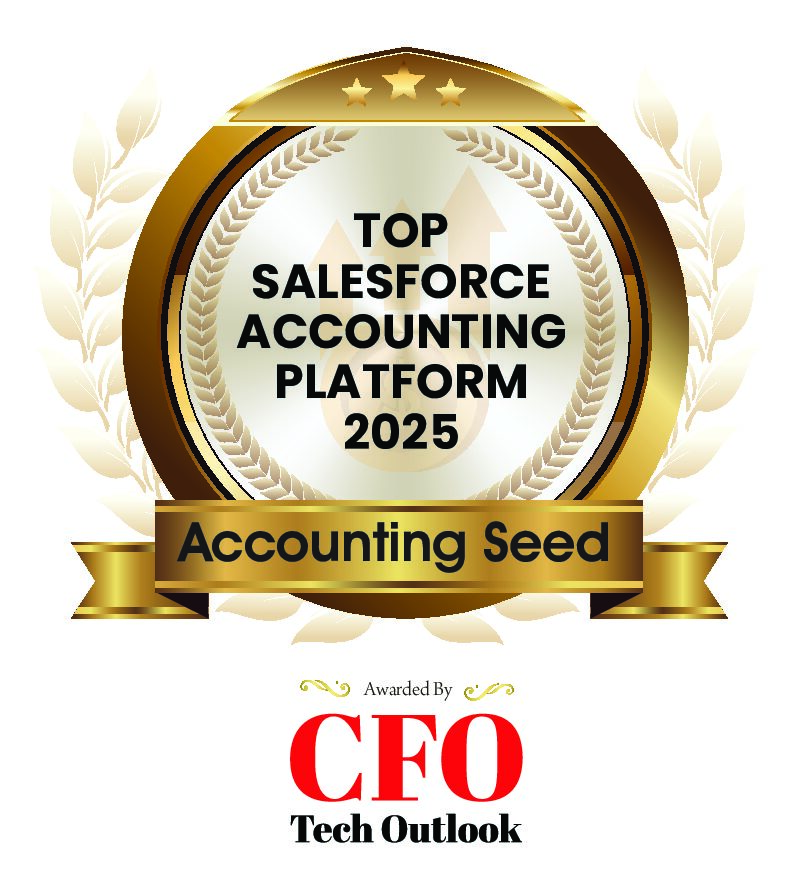
Everyone wants their accounting to be faster, accurate, and easier. The key to this is automation. The availability and flexibility of your solution’s automation functions are not only a convenience but important for helping you manage increasing business demands. Let’s look at three types of automation your prospective accounting solution should definitely have.

Top 3 Types of Automation Accounting Systems Need
Automating key business processes has significant advantages. Within accounting, you’re looking at a faster, more streamlined financial management process. In a business world that’s not only rapidly changing, but also heavily data-driven, time is money. These core automation will take your accounting process from tedious manual labor to a simple button click.
Event Automation
Transactional accounting is now more streamlined and easier because accounting platforms can fully automate repetitive entries for you through event automation. For example, Accounting Seed utilizes click-not-code automation which enables you to do multiple functions with just a button click. The simpler automation is to implement, the more efficiency you gain. Event-related automation also lets users accomplish multiple tasks simultaneously. This reduces your manual labor while enhancing your entire system’s accuracy.
Batch Automation
Batch automation, or batch processing, is automation in which the system completes batches of jobs at once instead of forcing you to do each job individually and manually. Batch automation lets things like revenue recognition and billing be done in mass to save you time and meet deadlines. You can also run multiple batch operations sequentially according to your defined processes.
Scheduled Job Automation
Scheduled job automation ensures that your accounting never falls behind for you or your customers. Processing jobs manually always carries risks of delay or errors. Recurring jobs create consistency and help you to meet financial deadlines. You should be able to automate daily, weekly, or even monthly cycles as you need. Once set, these can be easily adjusted to reflect new changes to billing or revenue cycles. One click of a button can become multiple tasks delivered exactly when you want. All these automated features let you and your team spend less time entering numbers and more time analyzing them. Remember, these also ensure you have accurate data to make better, faster business decisions in real-time.
See Accounting Seed in action
Get a close-up view of how accounting on Salesforce can eliminate the need for costly integrations—and silos of mismatched information—by sharing the same database as your CRM.



